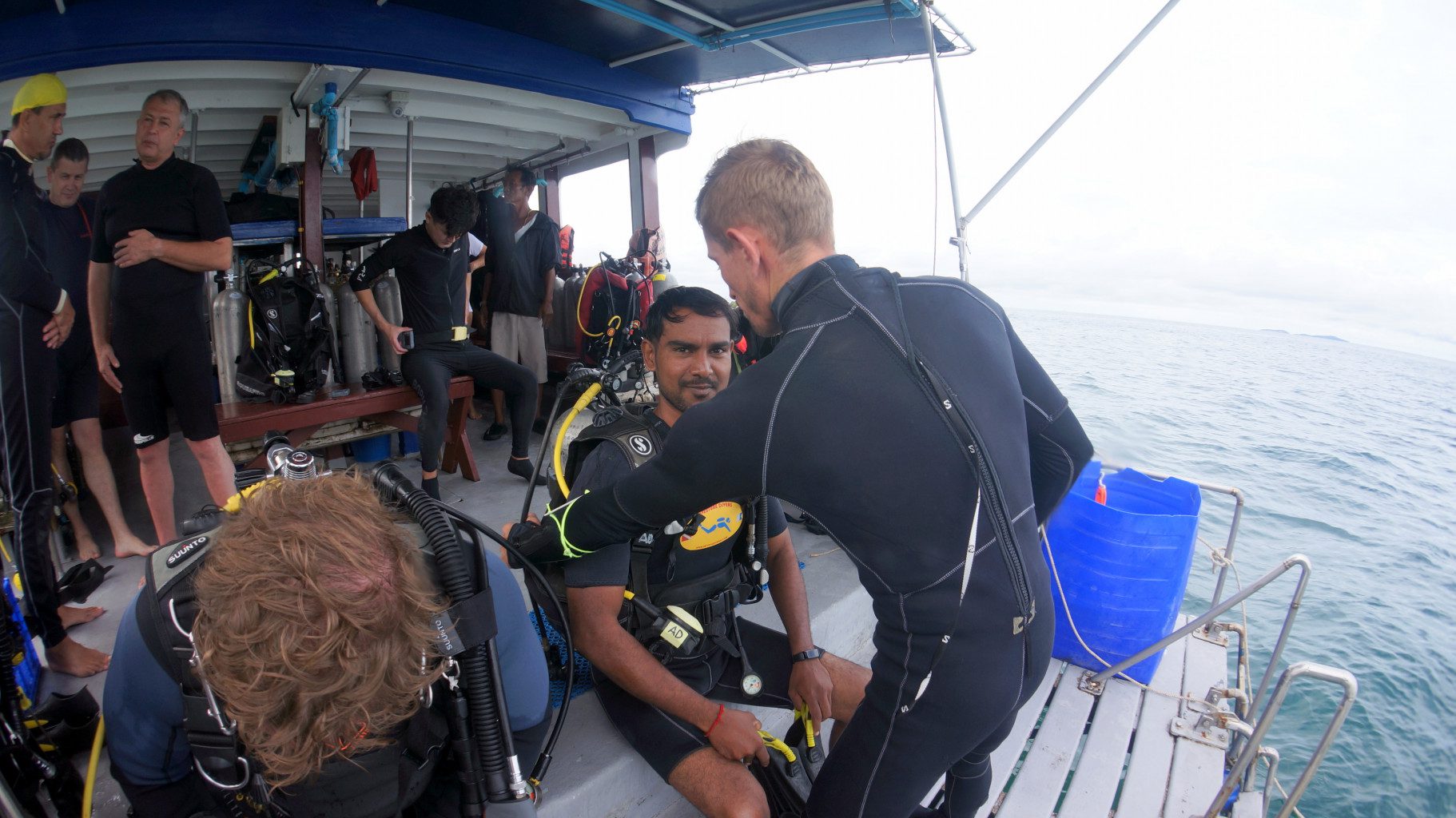This course can be accomplished in 2 days.
Have you been out diving and your buddy jumped in the water and lost his dive weights? Or his mask? Was it the end of your diving for that day? Or have you been out diving and stumbled on a large artifact? This dive introduces you to the procedures and techniques to finding lost equipment and the procedures to raise them should they be too heavy to carry with you.
PADI regards search and recovery as one of only three specialties which require the student to already be certified as an Advanced Open Water Diver before commencing (the other two being ice diving and cave diving, both of which are considered highly hazardous). The most hazardous part of search and recovery is the actual lifting of larger items to the surface.
This course teaches divers the systematic methods to locate items underwater and to properly recover items small or large to the surface. The course is structured so that the divers must apply the skills learned in a series of 4 dives, putting into practice different search patterns, each appropriate for different conditions and available resources and maintaining communications and control of fellow searchers.
Underwater searches, much like above water searches, are designed around specific search patterns. The most common forms of underwater search patterns are:
- Circular search
- Jackstay search
- Expanding square search
- “U” pattern search
The patterns are usually performed by divers in pairs or teams below the water, but they can also be conducted by use of a tender who may be a snorkeler at the surface, a person on a towing boat, or a person located on the shore. In recreational search operations, the patterns will usually be conducted by the divers simply looking visually for the object.
Recovery techniques depend upon the type and size of the object. Smaller objects, such as a coin or camera, can simply be carried up by the diver. For PADI the maximum weight that can be safely carried up unassisted is 7 KG. Anything heavier represents substantial change to the diver’s buoyancy control, and may put the diver at risk from an uncontrolled ascent if contact with the object is lost during ascent.
Medium sized objects are normally recovered using a lifting bag, and students are trained in lifting bag technique. The most common hazard is entanglement with lines whilst filling the lifting bag from the diver’s alternate air source. This risk, when coupled with the possibility of rapid ascent following the freeing of the object from suction caused by it resting upon the sea bed, can seriously compromise the safety of the recovery team if done improperly. Lift bags used on a recreational level can be rated up to 100 KG.
We at Adventure Divers like to recommend this course. It is a little technical to learn and a lot satisfying to actually recover an item that was thought lost.

